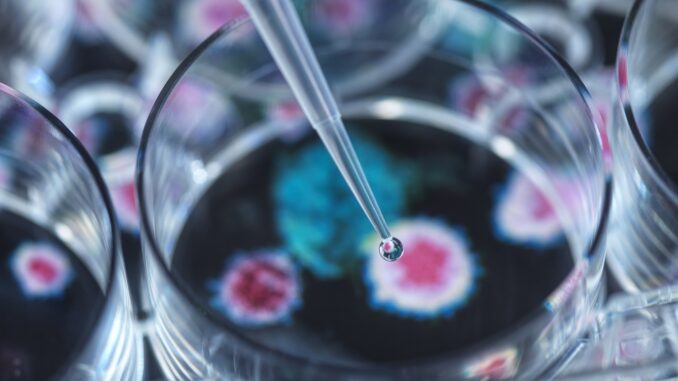


For more than 30 years, groups from Brazil and Spain have been collaborating to develop new multifunctional semiconductors (image: CDMF)
Published on 12/05/2024
Agência FAPESP* – An innovative composite made up of an inorganic polymer and semiconductor has been granted a patent as a result of the collaboration between scientists from Brazil and the European Community, under the auspices of the Center for the Development of Functional Materials (CDMF) of the Federal University of São Carlos (UFSCar). The patent is shared by UFSCar, in the state of São Paulo, and Jaume I University, in Castellón, Spain.
The researchers have developed a process to obtain a metal-carbon semiconductor compound with excellent antimicrobial properties, stability and low cytotoxicity, which does not need to be activated and can be installed on the surface of various types of material, facilitating its use as an additive and application in sectors such as health, automotive, construction or installation equipment, sensors, catalysts, among others.
The process used to prepare the material, which has been validated on an experimental scale in a laboratory environment, is carried out under mild synthetic conditions at low temperatures.
Elson Longo, director of the CDMF and one of the people responsible for the work, explains that the patent was developed based on a new way of making the coating, which yields an antimicrobial polymer. “This material can be applied to surfaces in the same way as paint, eliminating 100% of bacteria, both gram-positive and gram-negative,” he explains.
Longo points out that the patent breaks an established routine of using organic compounds that increase the likelihood of bacteria reproducing and forming superbugs. “We’ve achieved a more efficient process than the organic ones that oxidize [burn] fungi and bacteria. Prevention is an important ally against the spread of bacteria and other microorganisms, especially those that are resistant to antibiotics.”
The international cooperation between Brazilian and Spanish scientists began more than 30 years ago, with special dedication to the development of new multifunctional semiconductors. In this international collaboration, by combining theoretical and experimental methods, the properties of the materials are controlled according to defect density, which results in better performance. Thus, in addition to multifunctionality, the materials have much greater added value.
* With information from the CDMF, a FAPESP Research, Innovation and Dissemination Center (RIDC).
Source: https://agencia.fapesp.br/53499